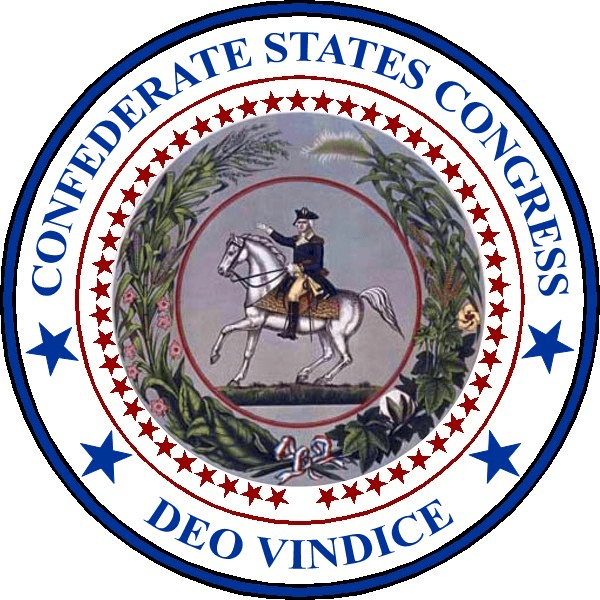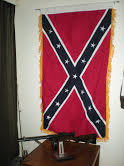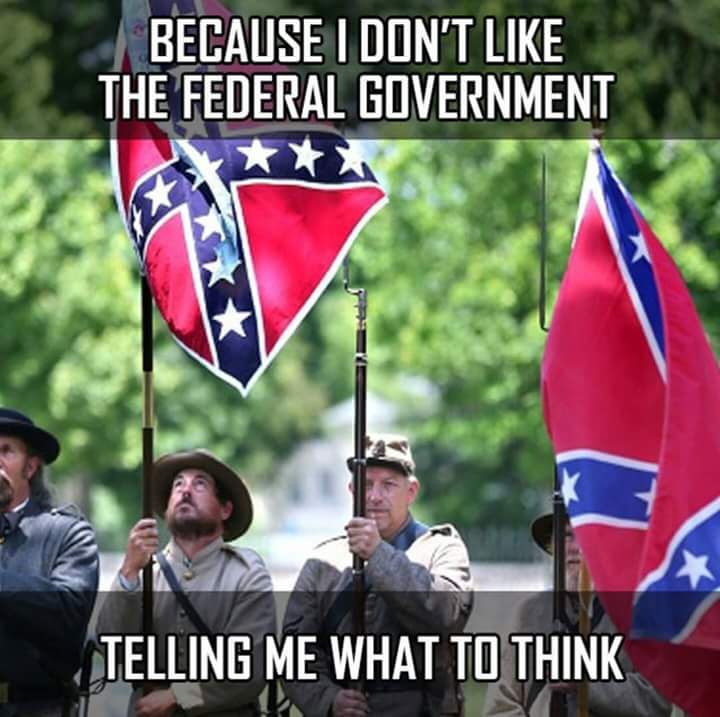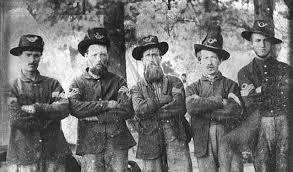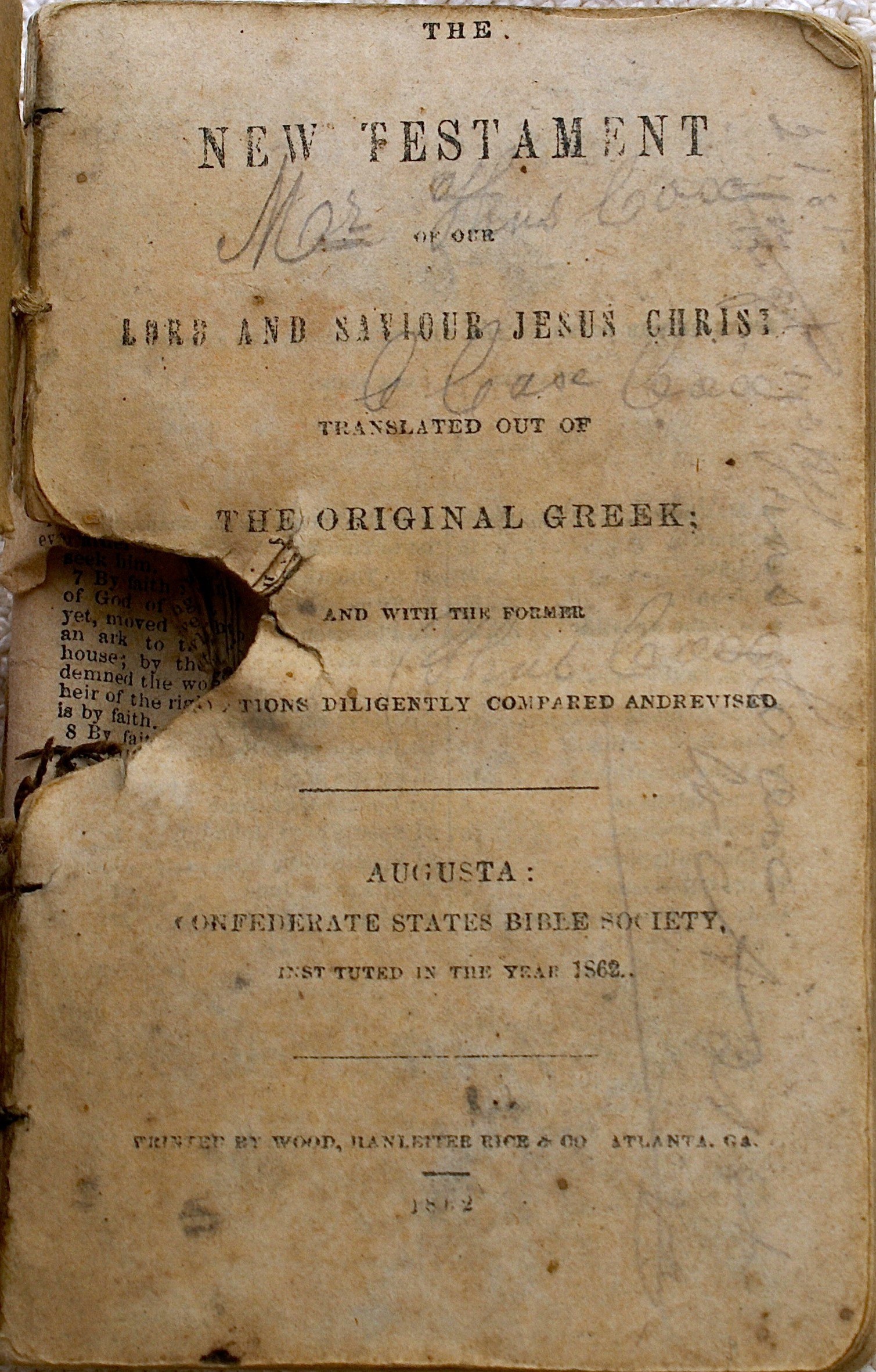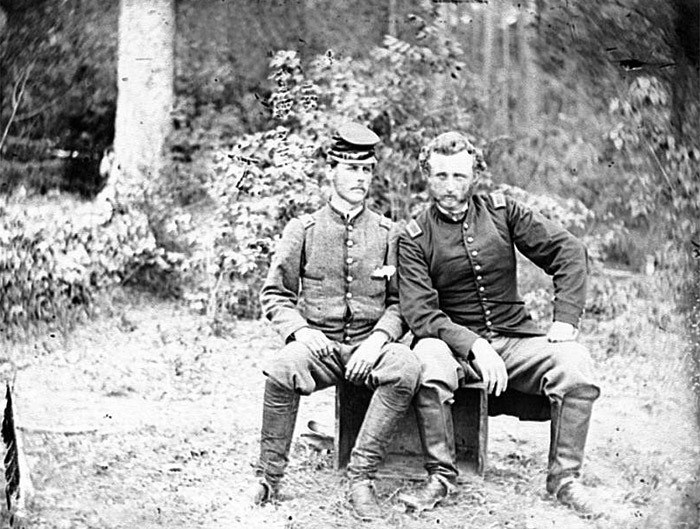
“All were American soldiers…”
We often hear today what the Civil War was all about. Professors and reporters and “very important” folks tell us.
And with what conviction they tell us!
But I rarely hear from the scholars about why the man in uniform was fighting. Seems the soldier is simply forgotten.
I usually write about a person. Sometimes about an event, but I try hard to brush in one or more real people.
So let’s hear from one.
David Johnston was 16 when he put on a uniform. He was a Private, a Rebel. He fought four years, but lived and went on to become a Congressman and a respected judge.
Johnston wrote a book after the war, telling of his experiences. Towards the end of it he wrote this:
“In what is said herein in praise of the Confederate soldier, I do not for one moment mean or intend to detract from the laurels won by the heroic Union soldier, who stood in the firing line, faithfully discharging his duty; for he, as well as we, was contending for principles regarded sacred and for which we had risked our lives…. All were American soldiers, and the glory and honor won by each is the common heritage of the American people, not to be obscured or clouded by the questions about which we differed. Each struggled to maintain the right as God gave him to see the right.
“We often talked along the skirmish lines with Union soldiers…. In opposition to our claim that we were fighting for independence—separate government—they insisted that they were fighting for the Union, a common, undivided country; did not want to see the country broken up by division; and I feel fairly safe in stating that this feeling and sentiment largely dominated the great majority of the Union soldiers.”
It rings true, regardless of interests of the politicians and the vast economic interests of the day. Just look at the photo above, of Confederate officer James Washington and Federal officer George Custer, taken during the war.
There were virtues on both sides, and people today remember them.
Thanks for reading. Please share our posts with your friends and family so they too can learn more about Southern Heritage and History.
Brought to you by: Ultimate Flags


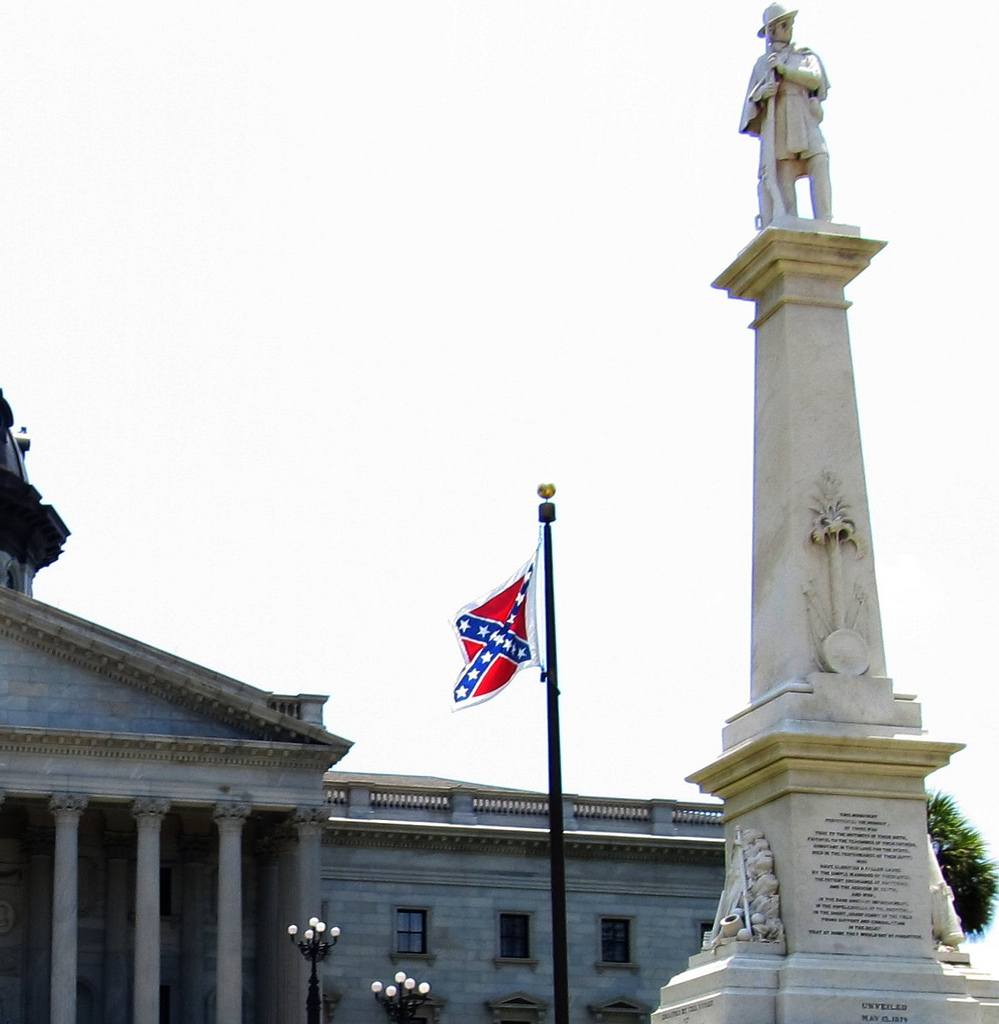
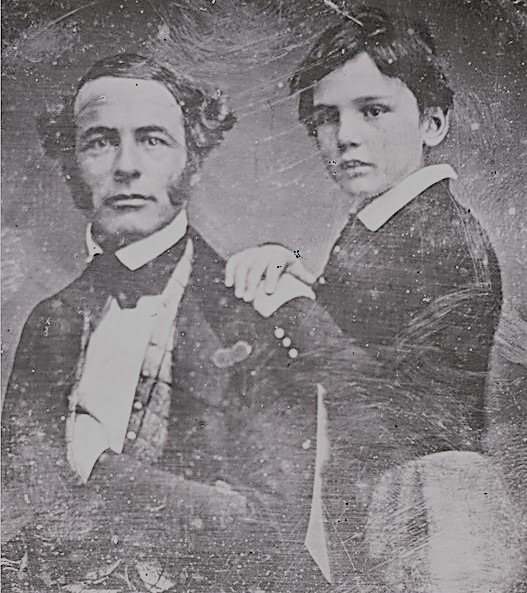
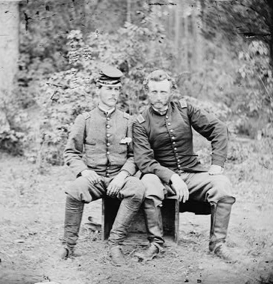
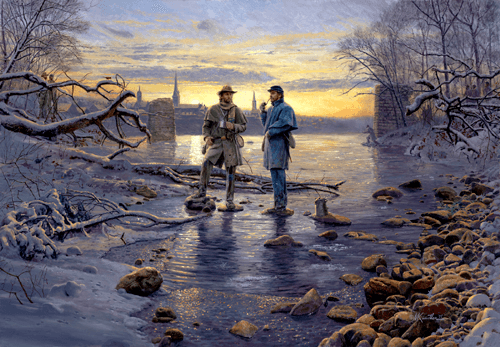
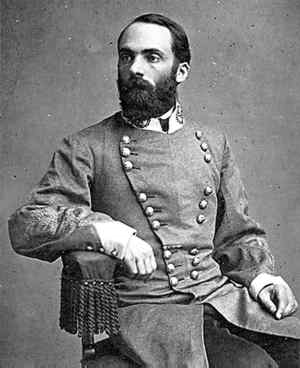
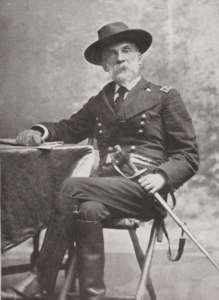
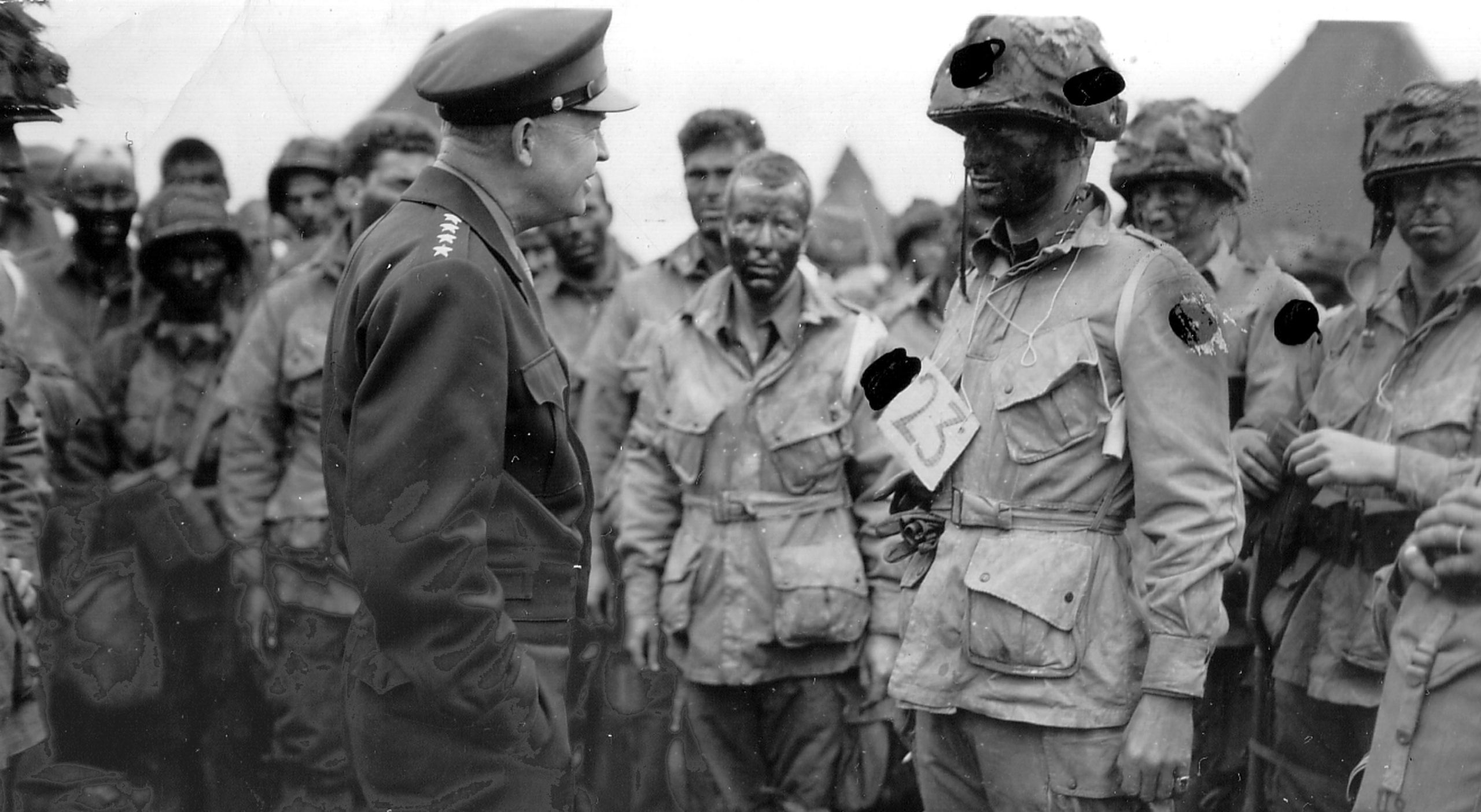
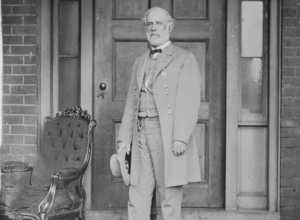 General Robert E. Lee was, in my estimation, one of the supremely gifted men produced by our Nation…. he was thoughtful yet demanding of his officers and men, forbearing with captured enemies but ingenious, unrelenting and personally courageous in battle, and never disheartened by a reverse or obstacle. Through all his many trials, he remained selfless almost to a fault and unfailing in his faith in God. Taken altogether, he was noble as a leader and as a man, and unsullied as I read the pages of our history.
General Robert E. Lee was, in my estimation, one of the supremely gifted men produced by our Nation…. he was thoughtful yet demanding of his officers and men, forbearing with captured enemies but ingenious, unrelenting and personally courageous in battle, and never disheartened by a reverse or obstacle. Through all his many trials, he remained selfless almost to a fault and unfailing in his faith in God. Taken altogether, he was noble as a leader and as a man, and unsullied as I read the pages of our history. 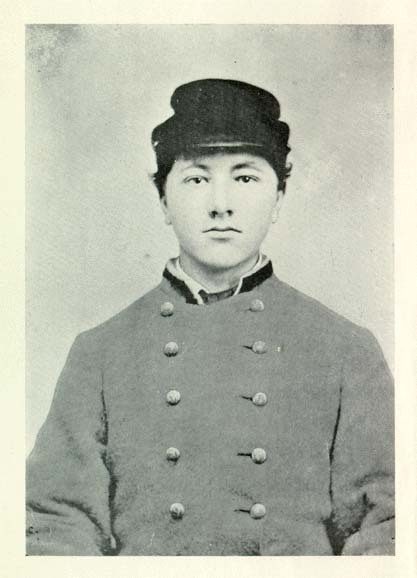

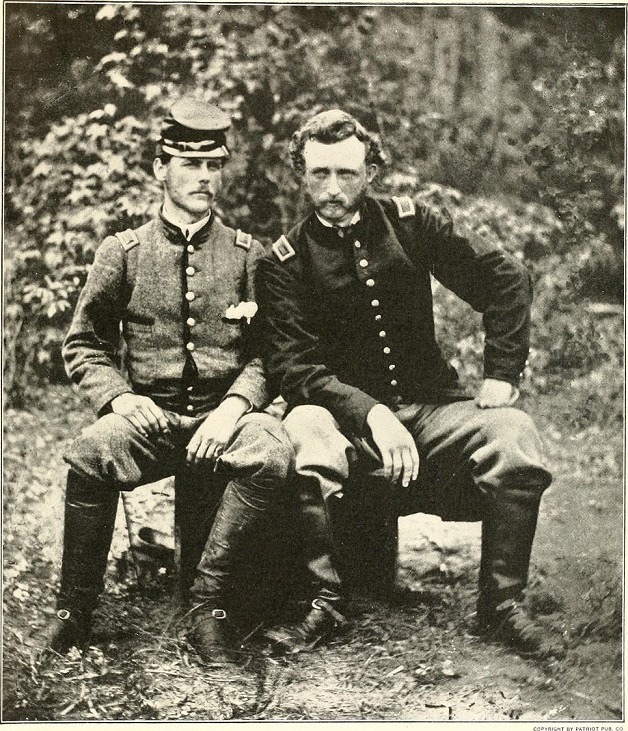
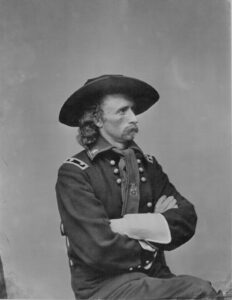 commander of cavalry in the Civil War.
commander of cavalry in the Civil War.